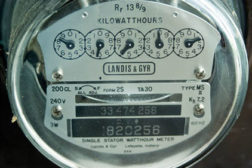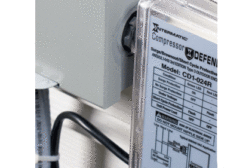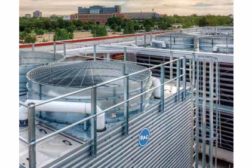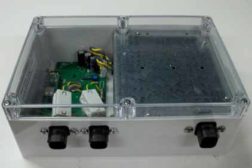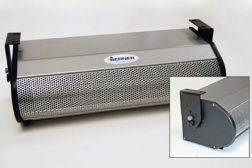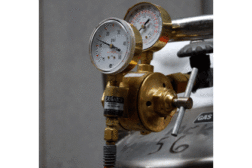Technical
Look at the Energy Data and Help Them Save
Read More
Rise in Brownouts Creates Opportunity for HVAC Technicians
Study Shows Homeowners Understand the Risks, but Are Not Proactively Protecting Air Conditioners
July 21, 2014
NREL Hosts Zero-Energy Home Competition
Students Presented Their Designs to Juries of National Experts
June 23, 2014
Optimizing Hotel Efficiency and Comfort
System Provides Intelligent Energy Management
May 19, 2014
Hands-Free HVAC Troubleshooting and Diagnostics
System Approach Makes Troubleshooting Faster, Easier, and More Affordable
May 5, 2014
Avionics Mil-Spec Part Solves Commercial HVAC Temperature Stability Problem
Part Maintains Setting and Avoids Repeat Service Calls
April 21, 2014
Natural Ventilation: Keeping Health Care Buildings Healthy
For an Energy Efficient Solution, Natural Ventilation Should Be Fully Automated
Read More
Technology Advancements Create New Air Curtain Applications
Air Curtains, or Air Doors as They Are Also Called, Are Finding Broader Use
Read More
Customizing PTFE Seals and Gaskets for Enhanced Performance
Not All Seals and Gaskets Are the Same; Here Are Some Performance Characteristics and Other Factors to Consider
March 10, 2014
Copyright ©2024. All Rights Reserved BNP Media.
Design, CMS, Hosting & Web Development :: ePublishing
